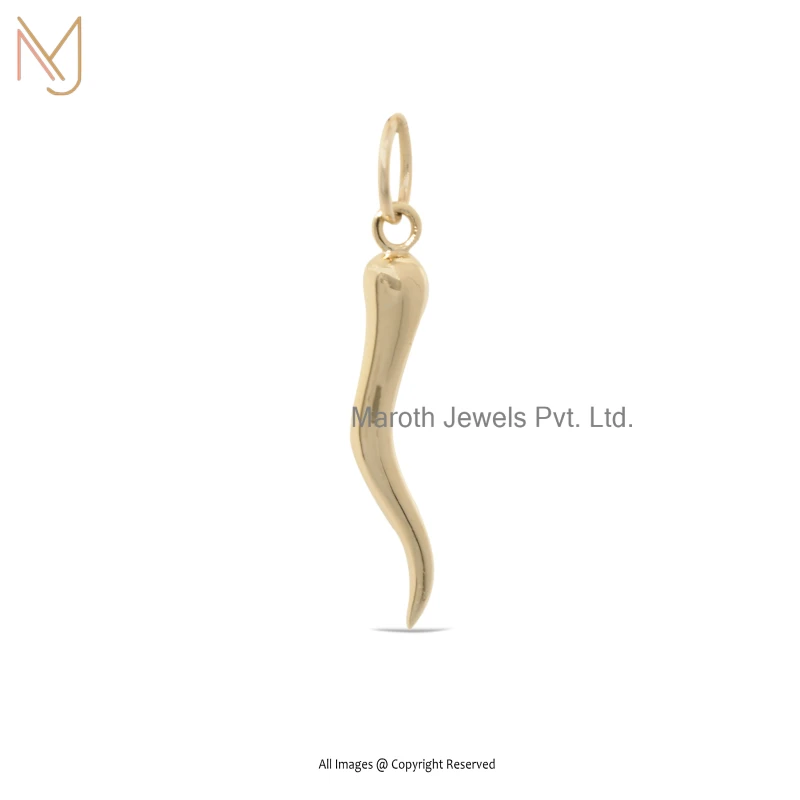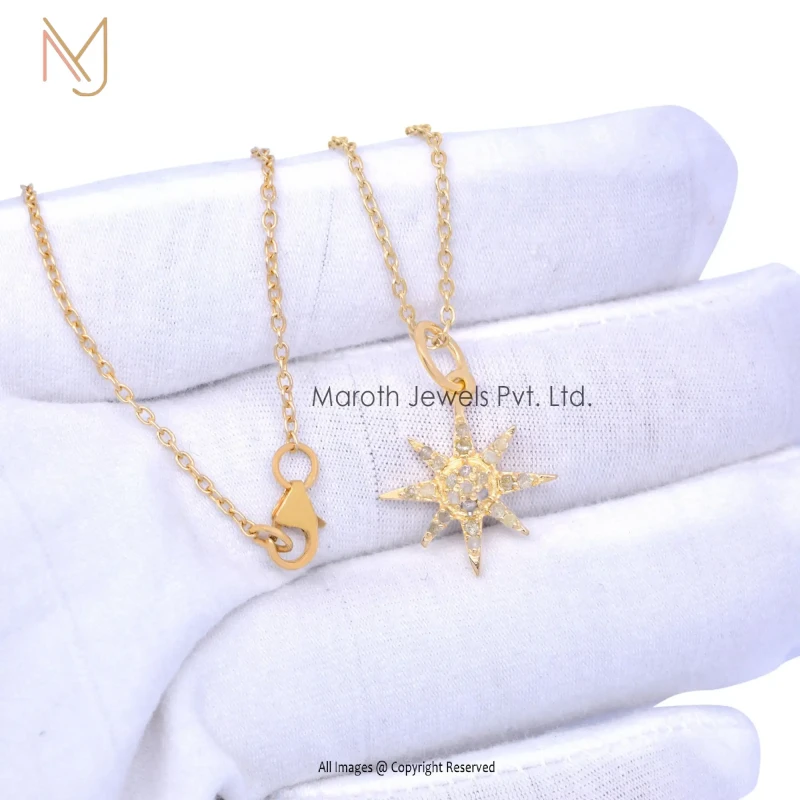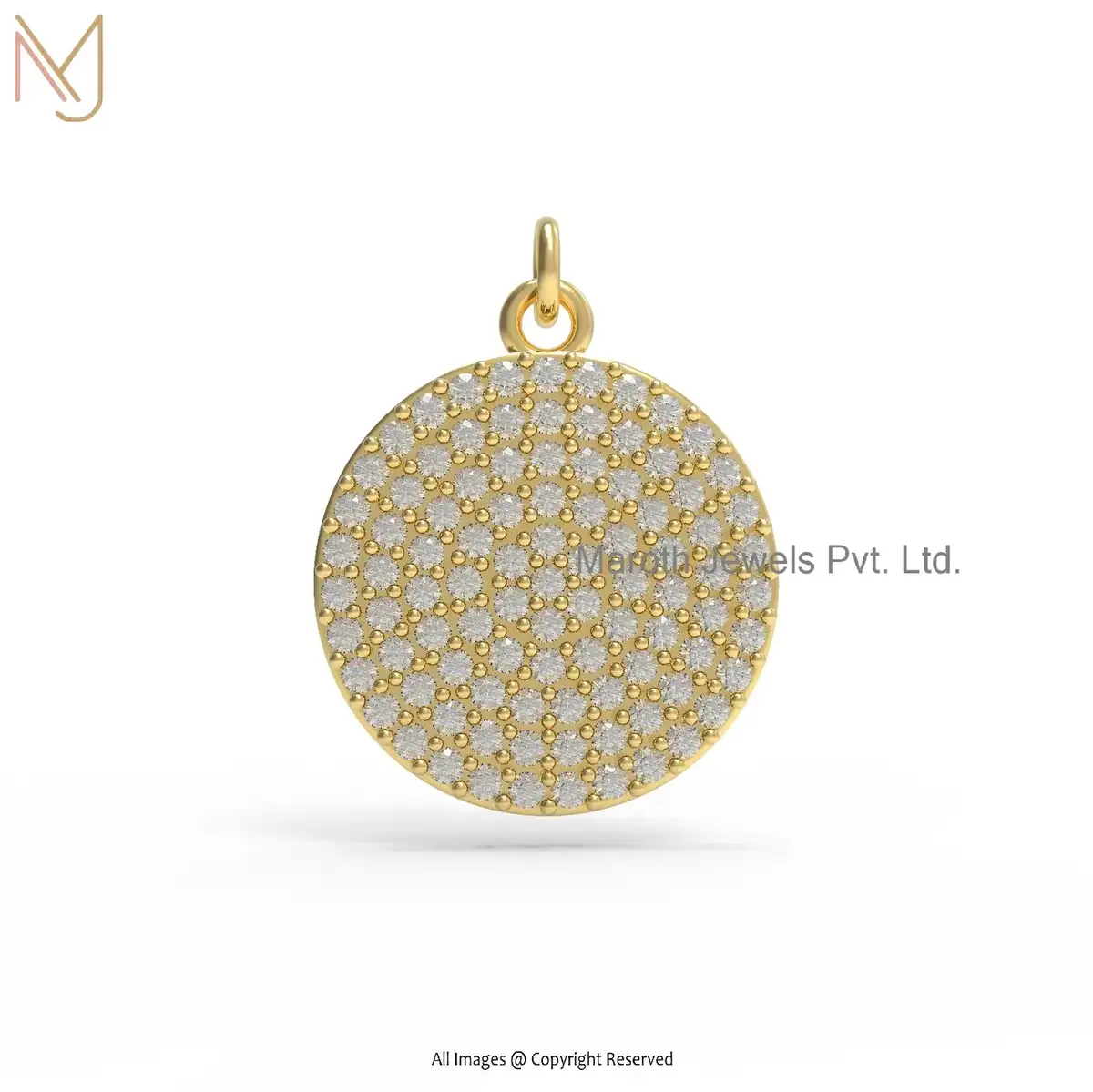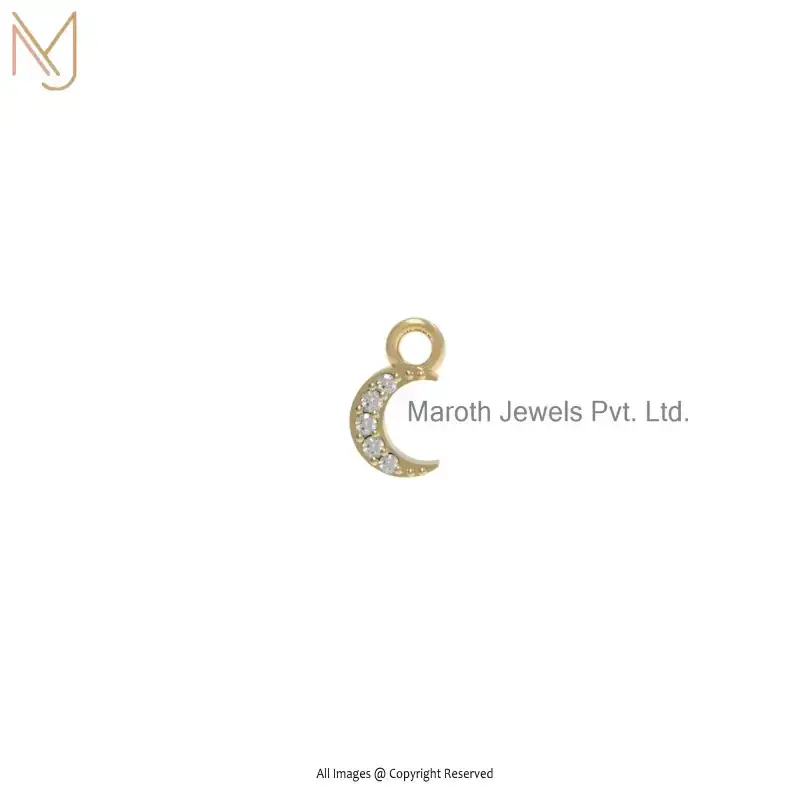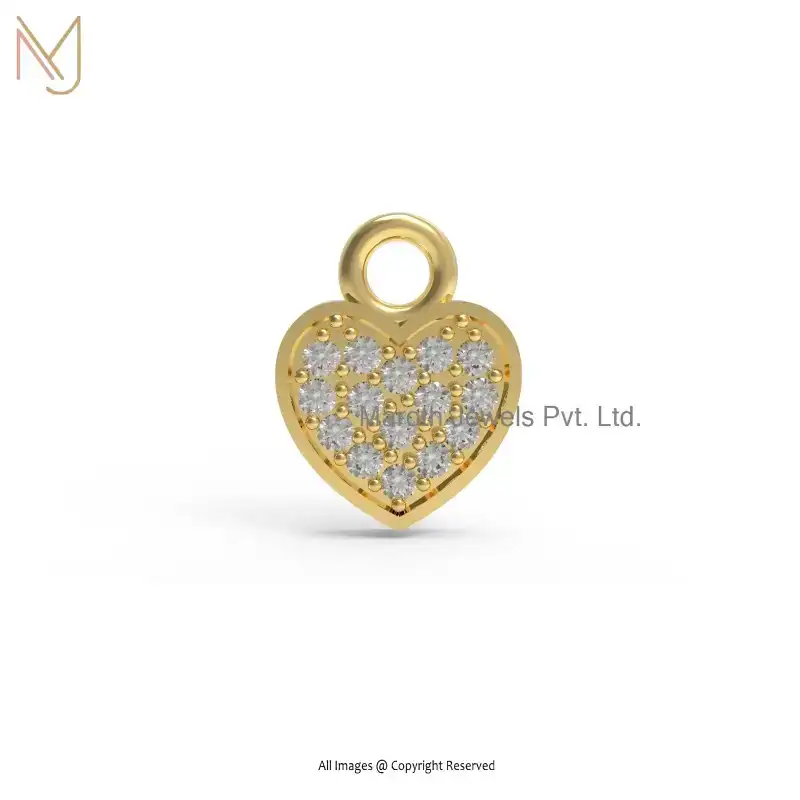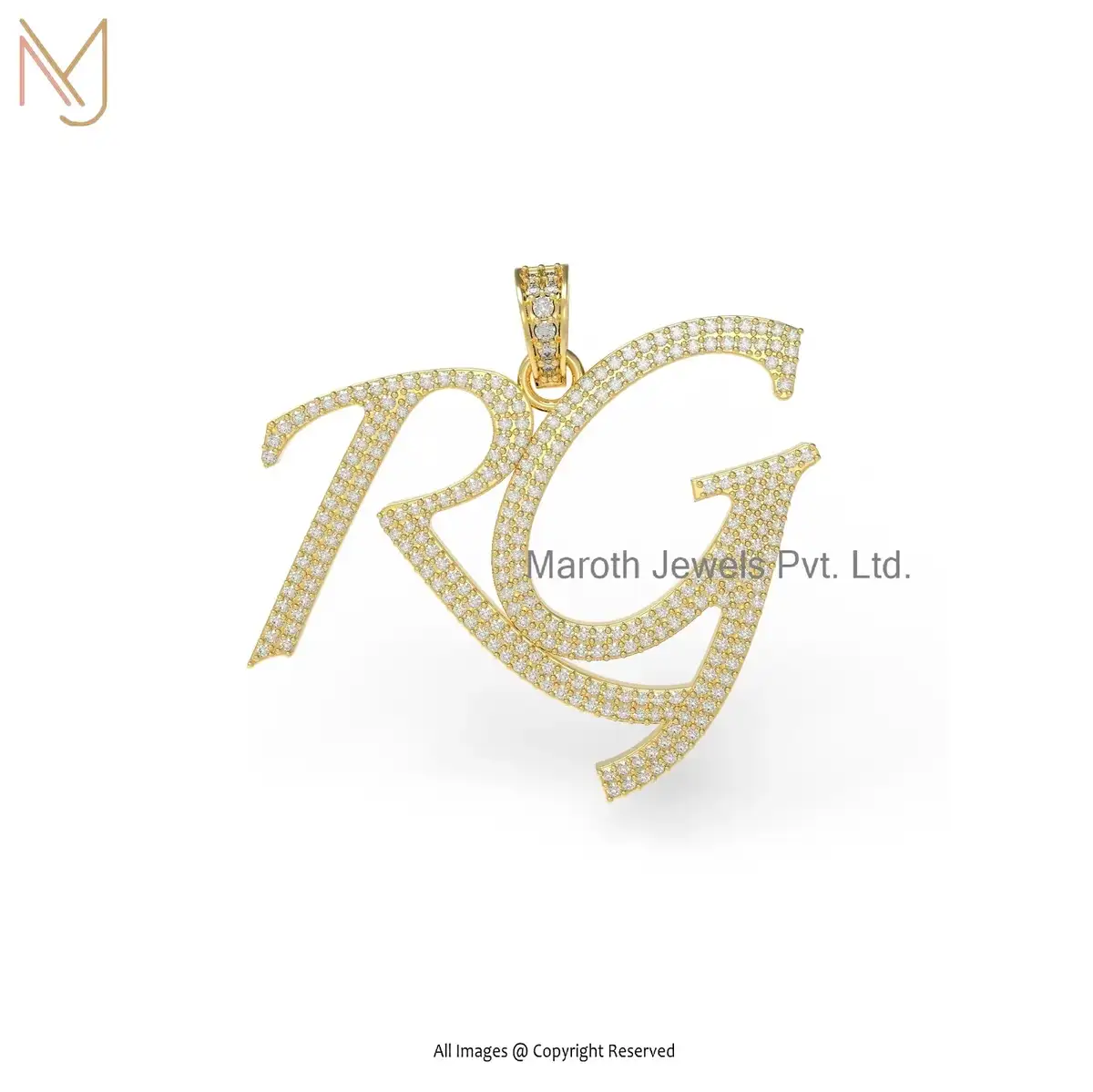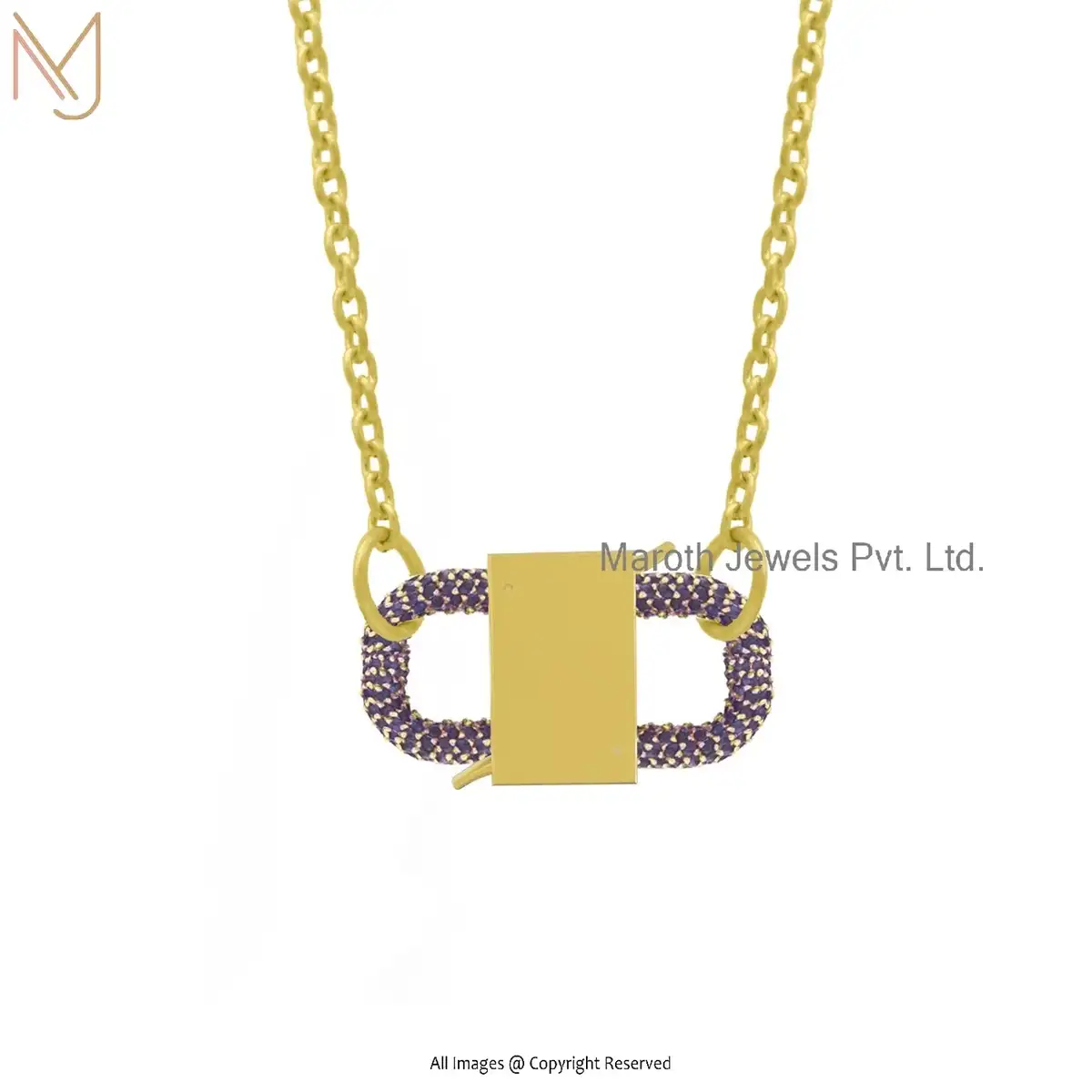What Does 14G Mean on Jewelry?

What Does 14G Mean on Jewelry?
The annotation "14G" used in jewelry denotes the "14 gauge" specifications for body jewelry which measure their thickness. In the gauge system jewelry measurements use opposite logic where reduced numbers indicate higher thickness in pieces. In body jewelry terms a 14-gauge (14G) piece of jewelry will be bigger than a 16-gauge (16G) one yet smaller than a 12-gauge (12G) piece.
Understanding the Gauge System
In body piercing jewelry production the gauge system serves to measure barbell and ring dimensions as well as other body decoration items. The gauge measurement system emerged specifically for wire manufacturing purposes to evaluate wire dimensions for different applications.
The gauge numbering system operates differently from metric units where thickness increases while the gauge value falls. Within the sequence of 14G to 18G jewelry measurements the thickness decreases as the number increases.
VISIT FOR :: jewelry oem
In terms of specific measurements:
14G corresponds to approximately 1.6 mm (0.063 inches)
16G corresponds to 1.2 mm (0.047 inches)
12G corresponds to 2.0 mm (0.08 inches)
Body piercings require precise gauge selection because it directly affects comfort alongside healing duration and appearance quality.
Common Uses of 14G Jewelry
The body-piercing markets prefer 14G jewelry for its widespread applications. The most prevalent placements that use 14G piercings include the navel (belly button), tongue and industrial piercings.
Navel (Belly Button) Piercings
Most individuals choose 14G as the appropriate size for belly button piercings. Body piercings performed at 14G suit people who need both strength and ease that enables comfortable everyday wear.
Tongue Piercings
People receive their tongue piercings at the gauge of 14G because this size gives appropriate strength to the jewelry but also lets the jewelry glide smoothly across tissues.
Industrial Piercings
The combination of two cartilage holes in an industrial piercing type needs a 14G barbell to maintain proper structural strength.
Septum and Some Nose Piercings
Septum piercings allow the use of 14G jewelry as a way to obtain thicker and more noticeable appearance while conventional nostril piercings require only thinner 18G or 16G jewelry.
Earlobe and Cartilage Stretching
People who expand their earlobes or cartilage piercing through stretching usually begin with 14G size before continuing to 12G and 10G.
Materials Used in 14G Jewelry
The jewelry manufactured in 14G exists in different materials which provide specific advantages.
Surgical Stainless Steel
The most common material for body jewelry due to its durability, hypoallergenic properties, and affordability.
VISIT FOR :: silver gemstone jewelry wholesale
Titanium
Lighter than steel and more biocompatible, making it an excellent choice for those with metal allergies.
Gold (Solid or Plated)
In its 14K or 18K forms gold offers body jewelry a luxurious appearance.
Bioplast or PTFE (Flexible Plastics)
This material stands well regarding both new body piercings and delicate post-operative situations.
Glass or Acrylic
The material finds its use primarily in stretched piercings and provides an attractive visual appearance.
Why Does Gauge Matter in Jewelry?
A jewelry gauge must be carefully considered because it serves various critical purposes.
Healing and Comfort
An incorrect gauge size used for body piercings leads to unwanted effects including piercing irritation and possible migration and picture rejection. The selection of improperly sized gauges can hurt the piercing because thin pieces will puncture through while thicker pieces cause avoidable stretching of the hole.
Aesthetic Preference
People who want a bulkier look can select 14G jewelry because it exceeds the thickness of both 16G and 18G options.
Piercing Type and Location
The size of piercing holes determines which gauges can maintain their proper shape. The thickness required for industrial piercings must be strong enough to handle the pressure so surgeons choose a heavier gauge.
Downsizing and Stretching from 14G
People decide between reducing their piercing size while others opt to widen their ear rings.
Downsizing:
The healing process allows people to alter their 14G piercing from a larger size to a smaller option at 16G or 18G.
Stretching:
There is a common practice of stretching 14G body piercings into 12G, 10G and larger sizes when creating lobes, cartilage and septum piercings.
Conclusion
The label "14G" on body jewelry represents the dimensional measure for piercing jewelry and is specifically designed for belly button, tongue and industrial mid-sectional piercings. The correct gauge selection is vital because it determines how well body jewelry looks and how well it heals and feels on the body. The body modification community appreciates 14G jewelry since it comes in different metal types including stainless steel, titanium, gold and flexible plastics.
READ MORE :: Top 10 14K Jewelry Brands in Beverly Hills
Recent Posts
Related products
14K Yellow Gold Italian Horn Design Pendant Jewelry Supplier
Wholesale 14K Yellow Gold Plated Pave Diamond Starburst Charm Pendant Jewelry
14K White Gold Turquoise And White CZ Flower Pendant Custom Jewelry
925 Sterling Silver Turquoise And White CZ Flower Pendant Custom Jewelry
14K Yellow Gold & White Gold Shield Pendant Jewelry Supplier
925 Silver Natural Silver Yellow Gold Plated Shield Pendant Jewelry Supplier
14K Yellow Gold Diamond Evil Eye Pendant Jewelry Manufacturer
Wholesale 14K Gold Pave Diamond Cubic Zircon Disc Pendant Jewelry
Wholesale 925 Silver White Gold Plated Diamond Cubic Zircon Disc Pendant Jewelry
Private Lable 14K Yellow Gold Diamond Designer Half Moon Charm Pendant Jewelry
14K Yellow Gold Pave Diamond Heart Pendant Jewelry Supplier
925 Silver Yellow Gold Plated Diamond Heart Pendant Jewelry Supplier
14K Rose Gold White Topaz & Diamond Gemstone OM Pendant Manufacturer
Wholesale 14K Yellow Gold RG Letter Pave Diamond SI GH Pendant
Wholesale 925 Silver Natural Silver Pave Diamond RG Letter Pendant
14K Yellow Gold Blue Sapphire Gemstone Padlock Finding Pendant Jewelry USA
Contact Us For Custom Jewelry
Please get in touch with us and share your ideas if you have personalized jewelry or are searching for a private label jewelry manufacturer. In accordance with your suggestions, we will make and present genuine jewelry.
Drop Us a Line
Scan QR Code
for immediate contact






















